Introduction
In the exciting world of architecture and engineering, two groundbreaking approaches are making waves: digital fabrication and parametric design. the way we conceptualize, create, and construct buildings and structures from the core concepts to their practical applications, the far-reaching influence and potential of digital fabrication and parametric design in architecture and engineering.
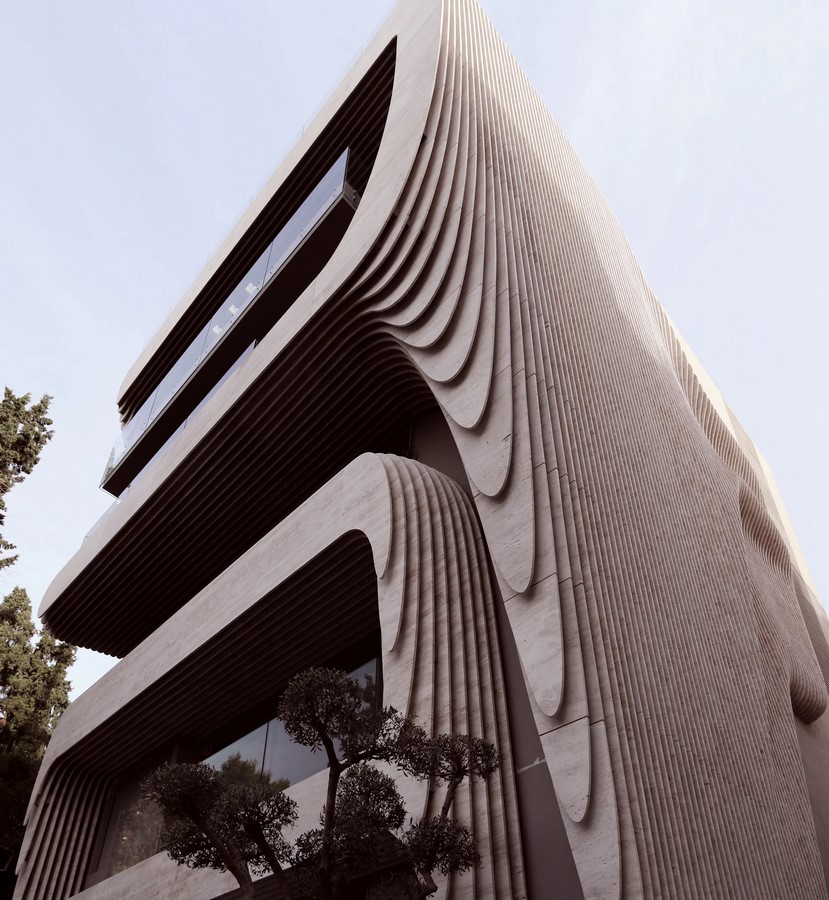
Understanding Digital Fabrication
The act of bringing digital models to life in the real world is known as digital fabrication, or “fabbing.” It uses cutting-edge tools like CNC machines, 3D printers, and laser cutters to manipulate materials to create real objects, either by adding or deleting them. This method offers an unprecedented level of precision and efficiency in the realms of manufacturing, becoming an invaluable tool for professionals in architecture and engineering.
Parametric design, on the other hand, harnesses the power of algorithms to create innovative solutions. Learning from nature’s intricate systems opens doors to creating complex, structurally optimized designs, and shaping sustainable urban environments. Parametric design reshapes engineering by enhancing the design process, improving complexity management, and offering well-defined project costs. In essence, these technologies have become indispensable tools, saving time and resources while enabling architects and engineers to realize their most ambitious and imaginative projects.
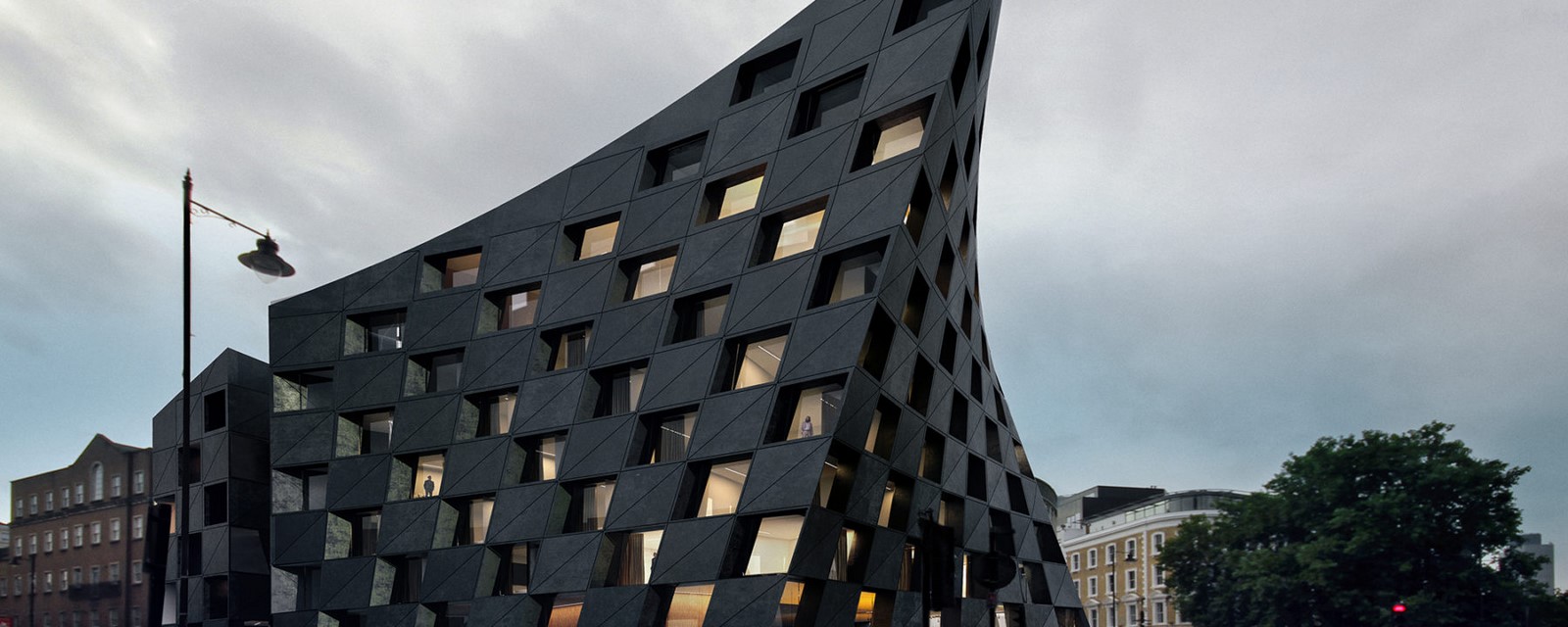
Benefits for Architecture Students and Educators
The integration of digital fabrication has profound implications for architecture education. Students and educators alike can no longer ignore the importance of digital fabrication in their curriculum. Teaching technical aspects, such as optimizing 3D models for fabrication and selecting materials, becomes imperative. Both students and lecturers must enhance their skills and knowledge to effectively transform digital designs into tangible scale models.
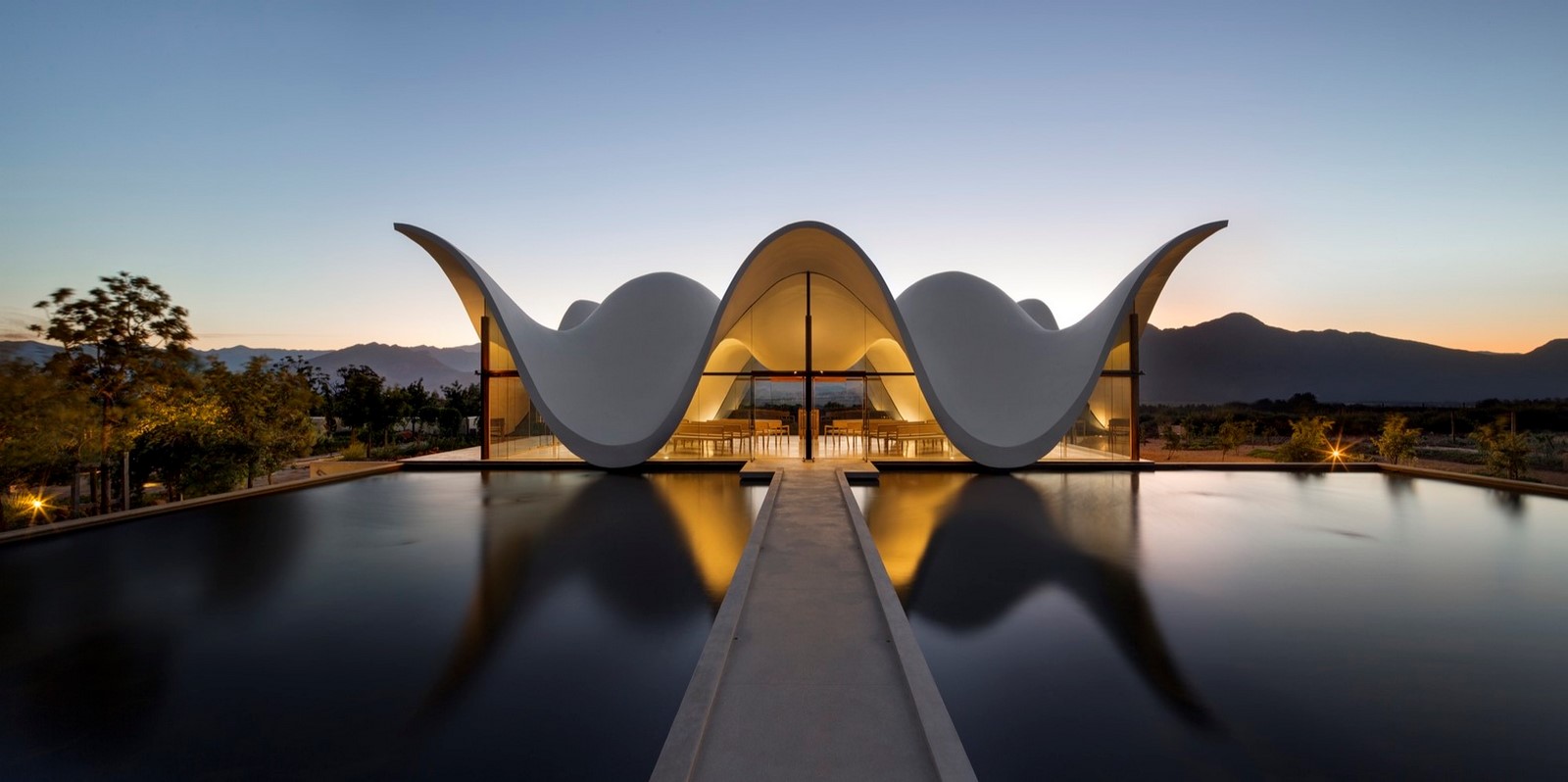
Research in Digital Fabrication for Architectural Scale Models
A critical aspect of digital fabrication in architecture is understanding the teaching procedures and their impact on architectural scale model production. Research methodologies such as analyzing questionnaires from architecture students participating in digital fabrication workshops can provide valuable insights into its educational implications.
Defining Parametric Design
Parametric design is an approach in which design elements and engineering components are created based on algorithmic processes. It uses parameters and rules to establish the relationship between design intent and design response. The term “parametric” refers to the input parameters that algorithms use to generate unique solutions.
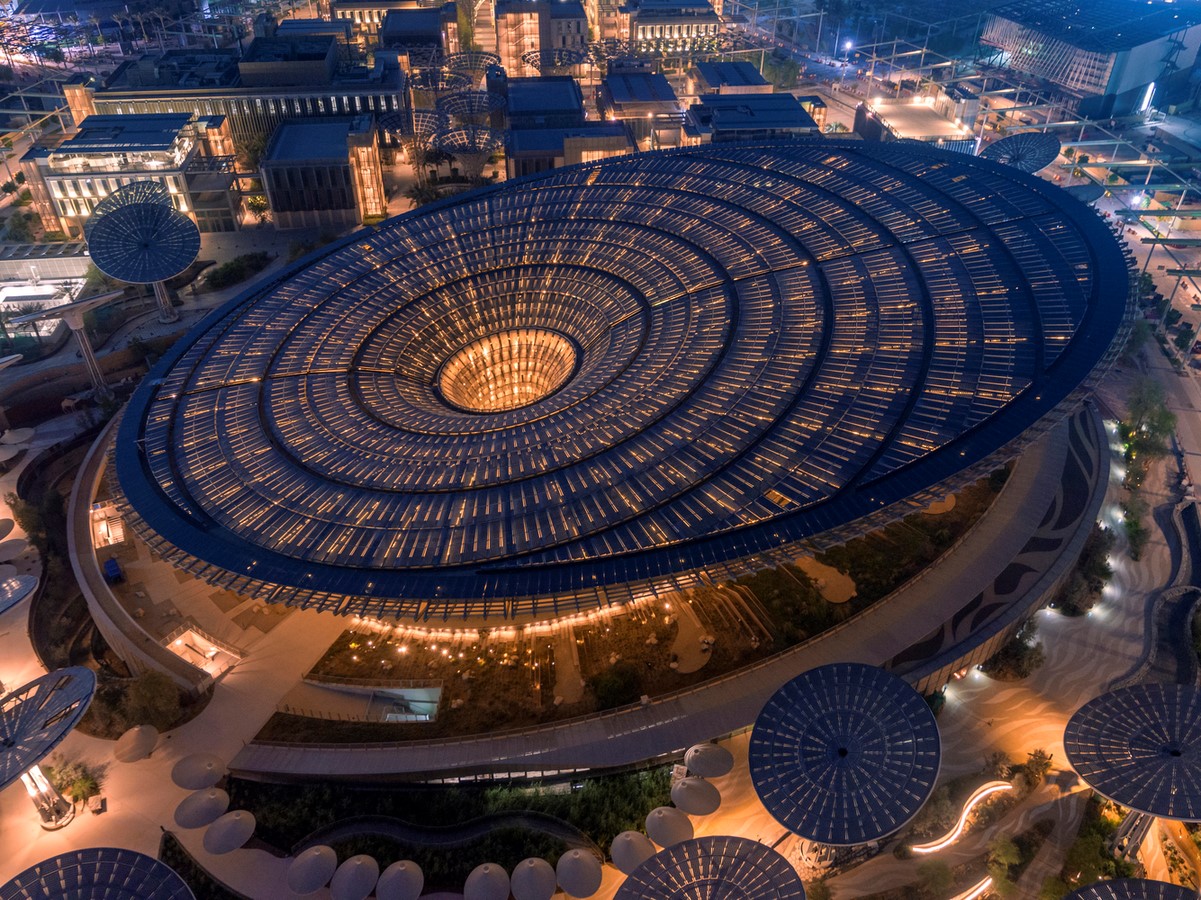
Exploring Early Examples of Parametric Design
Antoni Gaudí: An Early Parametric Designer
Parametric design has early precedents in the work of architects like Antoni Gaudí. He used a mechanical model for architectural design, attaching weights to strings to determine shapes for building features. By modifying these parameters, Gaudí achieved various arch and vault shapes, akin to a digital parametric model.
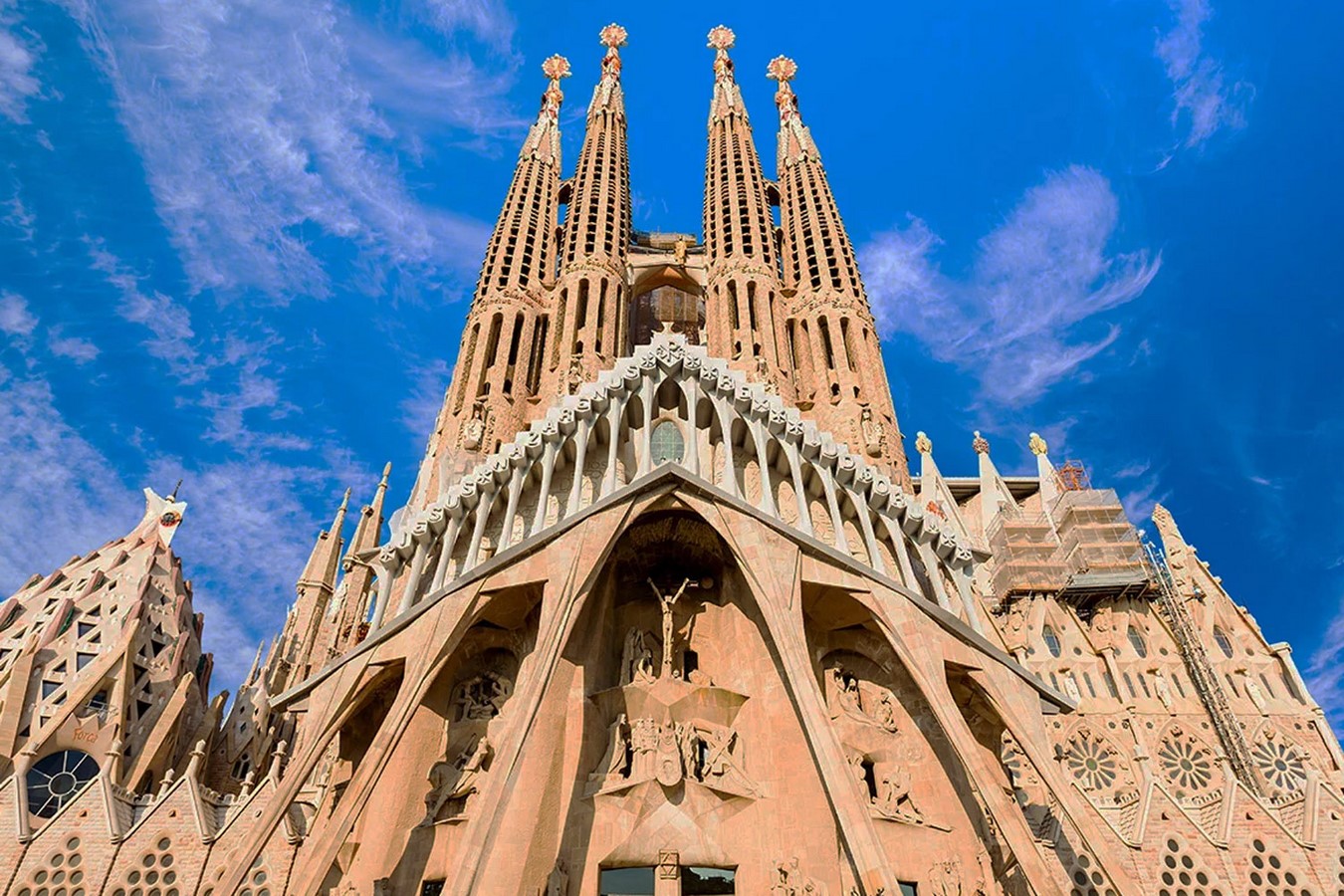
Learning from Nature: Frei Otto’s Tensegrity Structures
Nature has been a wellspring of inspiration for architects and designers. German architect Frei Otto, for instance, employed non-digital parametric processes using soap bubbles to find optimal shapes of tensegrity structures. This natural influence plays a crucial role in the development of parametric design.
Parametric Design: A Bridge to Nature’s Complexity
The digital world provides the means to analyze and simulate nature’s intricate patterns and structures. Designers and architects can apply these insights to create structurally innovative buildings and urban layouts. The capacity to mimic nature’s complexity opens doors to various applications, from architectural designs to aerospace engineering.
Parametric Urbanism: Optimizing Settlement Patterns
Parametric design is particularly valuable in urban planning. Focusing on the study and prediction of settlement patterns helps optimize pedestrian and vehicle circulation, block and façade orientations, and assess different urban design options. Integrating data and analysis into the design process empowers architects and urban planners to address complex urban contexts and enhance sustainability.
Parametric design allows engineers to input all necessary variables into the algorithm, ensuring that design requirements are met before creating prototypes. This not only saves time but also reduces the cost of building expensive prototypes.
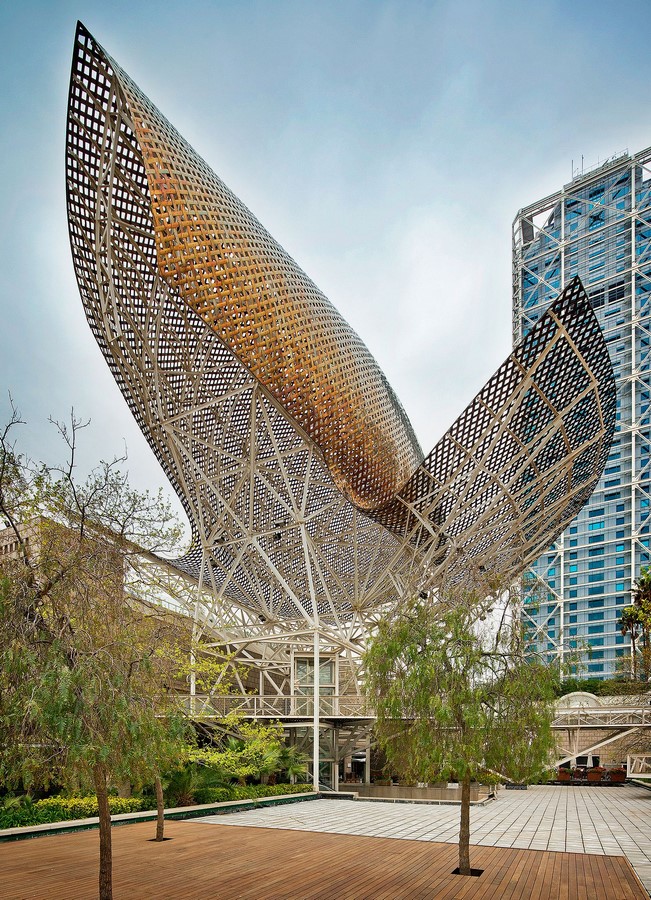
Managing Complexity with Parametric Design
As parametric design includes more variables in the process, it becomes easier to manage complexity. The algorithms can generate complex solutions that might be challenging or impossible for humans to design manually.
The parametric design creates opportunities for significant design improvements. It enables engineers to consider a wide range of variables and parameters, leading to innovative design enhancements.
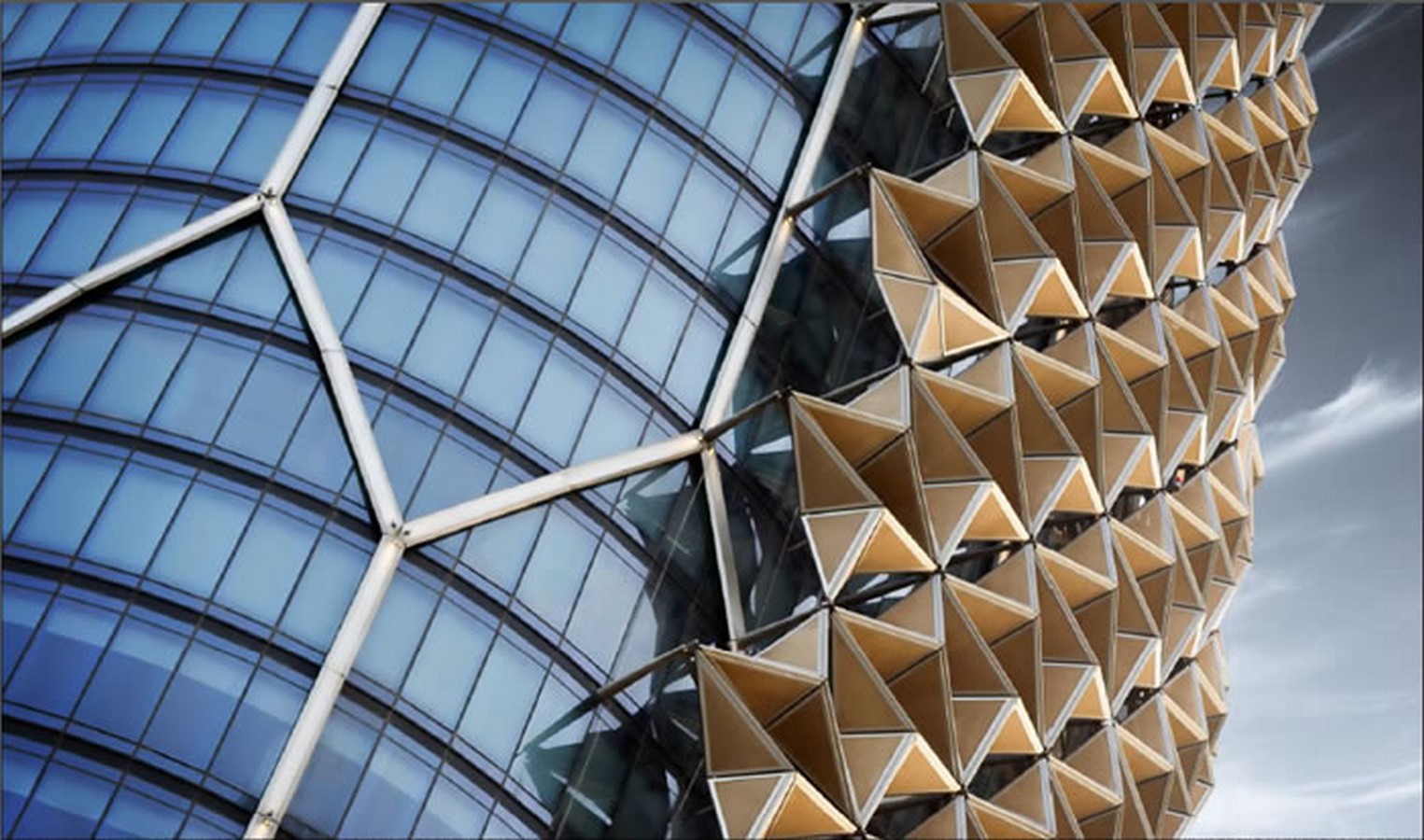
Well-Defined Costs for Design Build Projects
Parametric design eliminates the problem of changing project costs during the build process. By accounting for all design variables in the early stages, project costs can be accurately defined from the outset, simplifying budgeting.
Designing built infrastructure is complex, but parametric design software can facilitate effective design management. Selecting software that aligns with the project’s specific needs is essential for efficient management.

Conclusion
In conclusion, digital fabrication and parametric design are at the forefront of revolutionizing the architecture and engineering industries. Digital fabrication redefines how architects create scale models, making them more precise and time-efficient. Students and educators must adapt to this transformative technology to stay ahead in architectural academia. digital fabrication and parametric design are powerful tools for transforming architecture and engineering. Digital fabrication enhances precision and accelerates scale model production. The parametric design optimizes solutions and improves cost estimation. Together, they shape a future of efficiency and innovation in the design and construction industries.
Image 9_The Ulaman Eco Retreat Resort_©parametric-architecture.com
References:
- abs.green. (n.d.). Parametric Design and Digital Fabrication. [online] Available at: https://abs.green/2021/parametric-design [Accessed 11 Oct. 2023].
- McNeel Forum. (2015). Workshop in Digital Fabrication and Parametric Design. [online] Available at: https://discourse.mcneel.com/t/workshop-in-digital-fabrication-and-parametric-design/23249 [Accessed 11 Oct. 2023].
- Archello. (n.d.). Parametric design | Tag. [online] Available at: https://archello.com/tag/parametric-design?page=5&per-page=15 [Accessed 11 Oct. 2023].
- Pickard, N. (2022). Parametric Design: What is It & How Is It Shaping The Industry. [online] Transcend. Available at: https://transcendinfra.com/parametric-design/.
- Wikipedia. (2022). Parametric design. [online] Available at: https://en.wikipedia.org/wiki/Parametric_design#:~:text=Parametric%20design%20is%20a%20design.




















